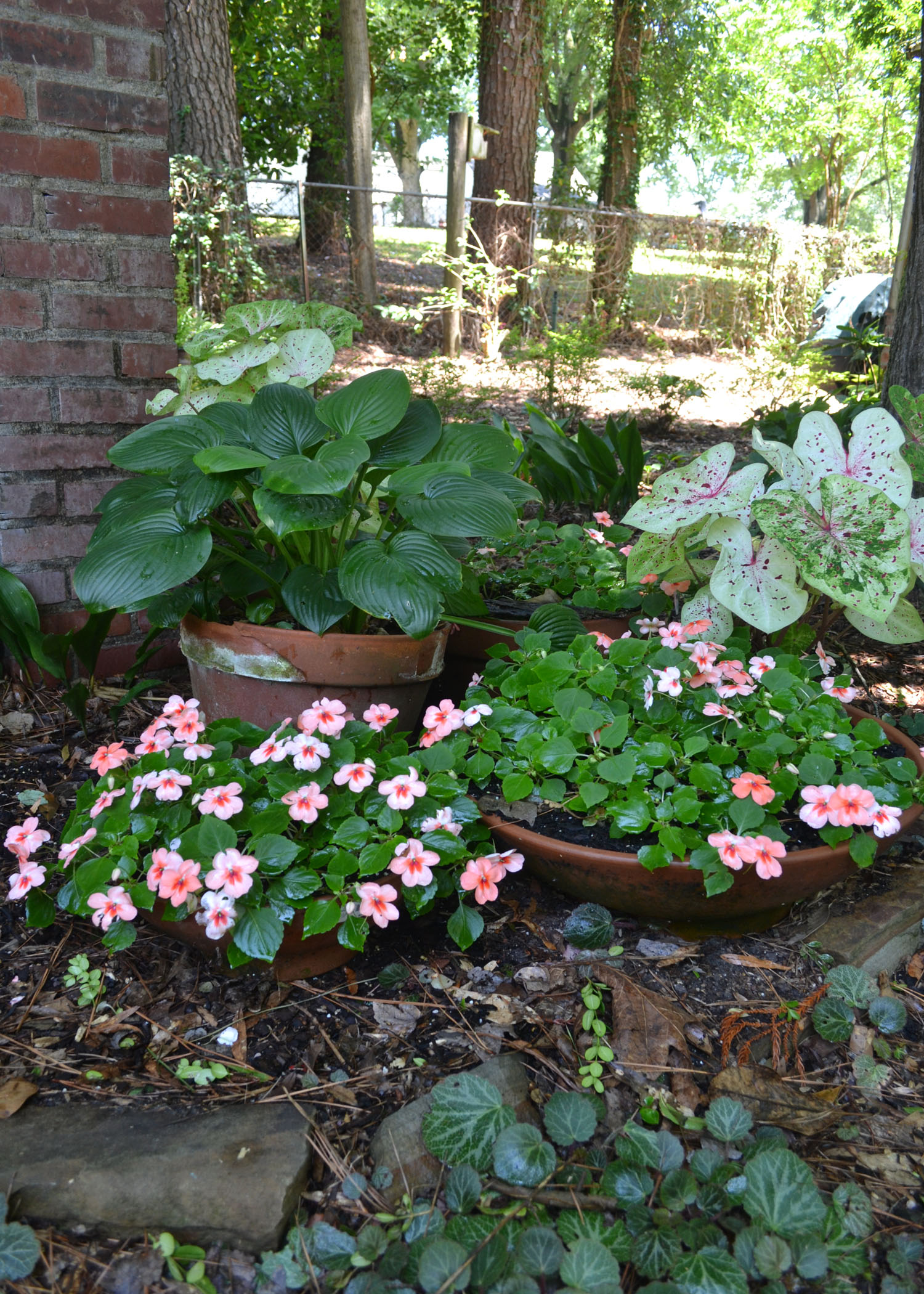Hostas, hydrangeas, ferns thrive in shade
Published 12:22 pm Monday, July 10, 2023
By Eddie Smith
MSU Extension Service
I recently visited with my friend Doyce Deas in Tupelo and was amazed by her beautiful, shady backyard garden.
Some people struggle with the challenge of growing plants in shady areas of their yard, but not Doyce. She has done a great job of selecting plants that grow well in the part-shade and shade of her yard.
As you enter the backyard, Doyce has multiple levels of garden areas visible. A patch of sensitive ferns greet you as you enter the upper garden area. The stalks of this fern are said to have a decorative, beaded appearance, lending the plant one of its common names, the bead fern.
Sensitive ferns are native, coarse-textured, medium to large-sized, deciduous, perennial ferns. They feature long-stalked, bright green fronds with leathery leaflets that have distinctively netted veins, and they can grow up to 3 feet tall. They die back in the winter, but they sprout back from the roots in the spring.
Doyce mixed some hostas in with the ferns to add visual interest with their different shades of green leaves and bell-shaped, lavender and white flowers.
She has a wide variety of hostas planted in the ground and in containers throughout the garden. The variegated hostas are eye-catching. I have some planted in shady areas of my yard, too.
There are more than 2,000 registered cultivars of hostas grown today. All prefer well-drained soil with plenty of organic matter.
Hostas need an inch or more of water per week, and if it does not rain sufficiently, you must provide supplemental irrigation. They will need more water in very hot weather or if they are in partial sun or have root competition from trees and shrubs.
Doyce’s garden also displays hydrangeas, and I love all the different varieties planted throughout. Oakleaf hydrangeas, lacecap hydrangeas, panicle hydrangeas and mophead hydrangeas brighten up shady areas with their stunning display of white, pink, purple and blue.
These clusters of flowers provide an undeniable wow factor. Their striking effect draws the eye and adds a pop of color wherever they are placed.
Hydrangeas are easy to grow in well-drained soil, but be sure it contains plenty of organic matter or humus. Avoid planting hydrangeas in hot, dry, exposed sites. Most people buy hydrangeas when they are blooming, but spring or fall is the best time to plant them.
Gold Dust aucuba, with its dense and glossy foliage that appears to be splattered creamy yellow, also brightens up shady areas of the gardens. This plant prefers rich, moist, well-drained soil in partial to full shade.
In my yard, I use it as a shrub in the shady area around my front porch. Its showy evergreen leaves are most colorful in the full shade, and they provide a pop of color in dark corners as well as some interest during the winter months.
Doyce uses shade-loving annuals such as coleus and impatiens to add color during the spring, summer and fall. The bright flower colors of the impatiens and the kaleidoscope of coleus leaf colors are sure to pop in the shade.
If your yard has shady areas, select some of these plants to add color and brighten up your landscape.
Dr. Eddie Smith is a gardening specialist and Pearl River County coordinator with the Mississippi State University Extension Service. He is also host of the popular Southern Gardening television programs. Locate Southern Gardening products online at http://extension.msstate.edu/shows/southern-gardening.









